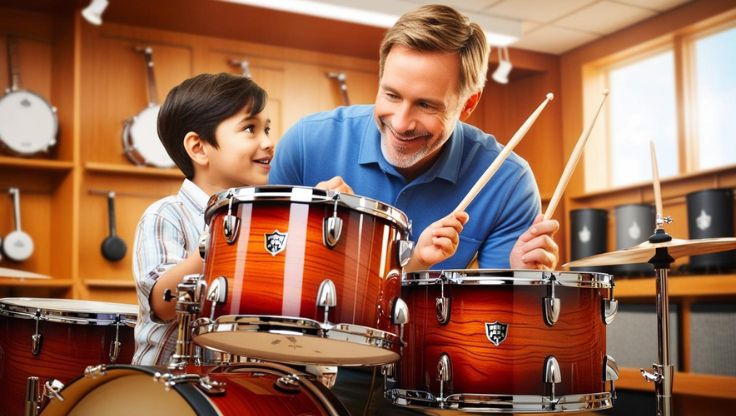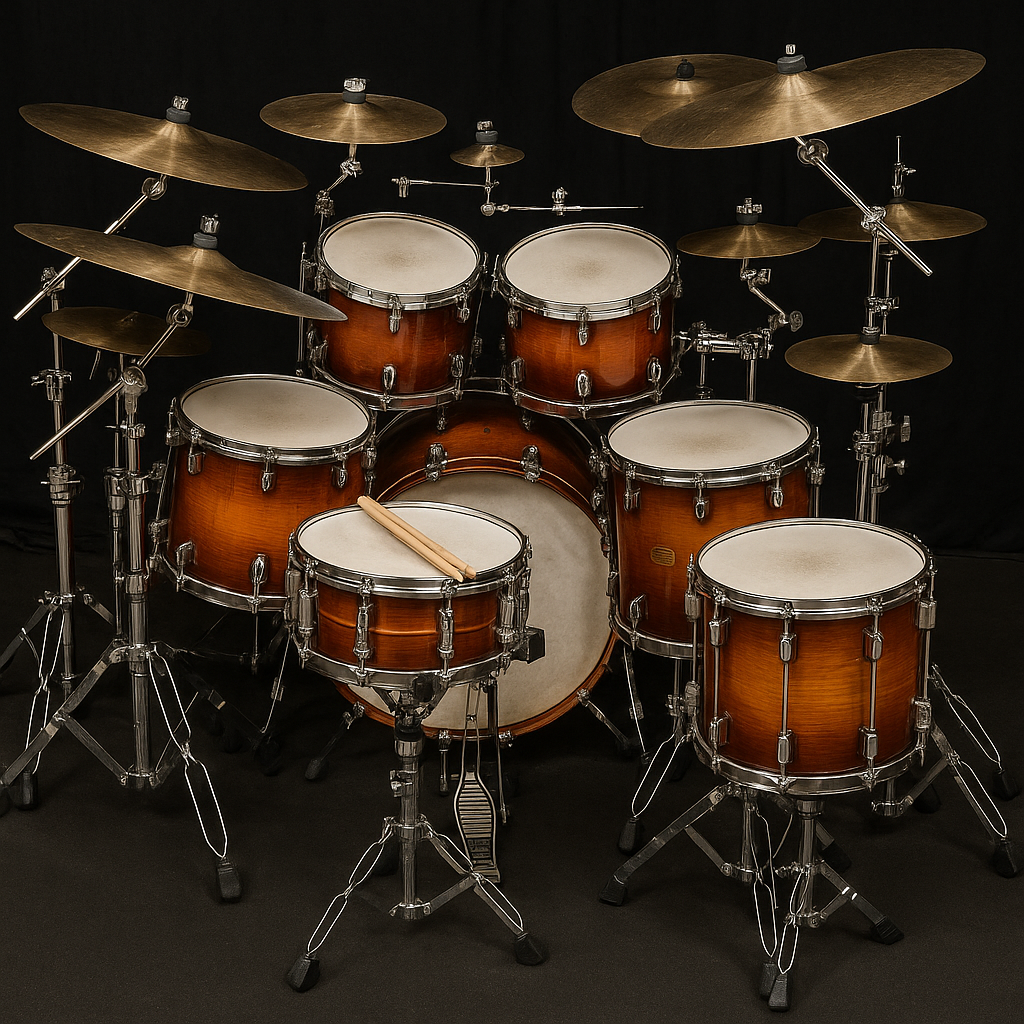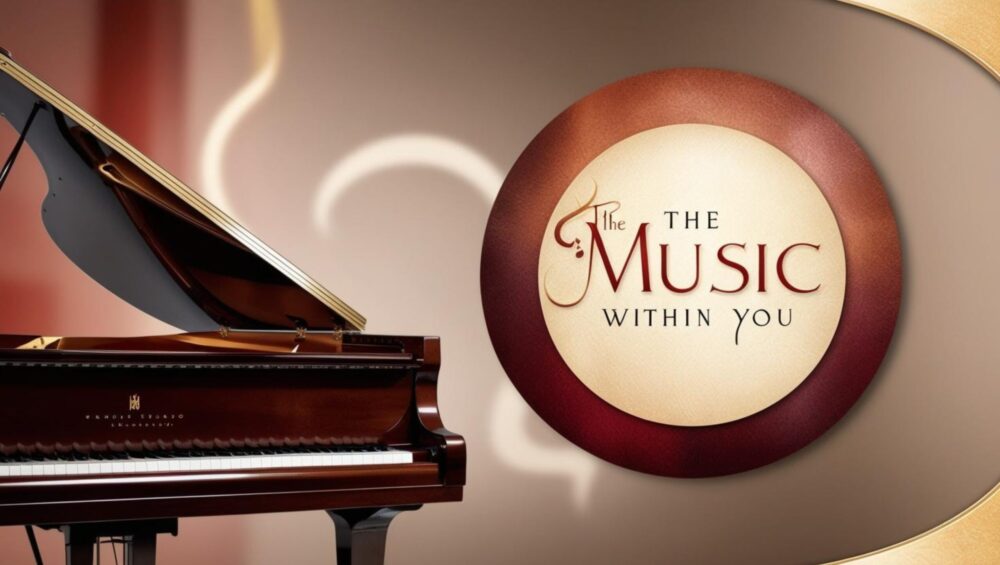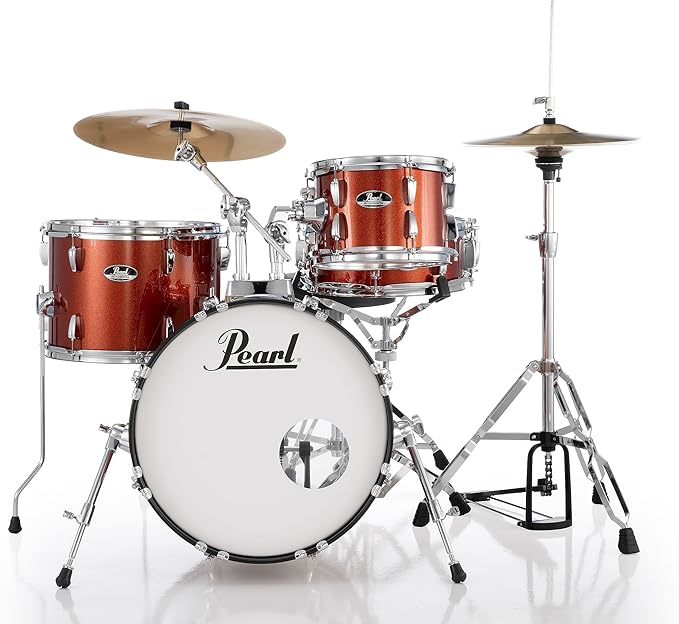Picking the perfect drum set begins with a clear sense of where you want to go with drumming. Are you dreaming of jamming with friends, or is solo practice more your speed? Identifying your goals will guide your choices and ensure that you get a drum set that matches your aspirations.
Consider the space you’ll be using for practice. Drums can be loud, and not every neighborhood embraces a rock ‘n’ roll vibe. You’ll want to evaluate your room size and acoustics to determine if an acoustic kit suits you best or if an electronic set might be more neighbor-friendly and space-efficient.
If this doesn’t get you excited about playing the drums, nothing will. David Garibaldi is one of the best drummers in history. He was the drummer for Tower of Power which, for you younger folks, was the premier funk jazz rock group in the 70’s. Take a few minutes and see what David is all about and let’s not forget the conga player in the background. He is amazing too!
Different music genres emphasize different aspects of a drum set. Jazz drummers might lean toward smaller kits with specific cymbals, while rock enthusiasts might opt for larger sets with powerful bass drums. Think about what kind of music excites you and how your drum set will fit into that picture.
Don’t forget personal taste. Acoustic and electronic drum sets both have their perks. Acoustic sets provide a classic feel and sound, while electronic kits offer versatility and quieter practice options. Choose based on what feels right to you because ultimately, it’s your journey!
Beginner’s Guide: The Essentials for Starting Your Drumming Journey
Starting out in the drumming world can feel overwhelming, but kicking off with a simple 3-piece set might just be the way to go. It’s all about keeping it basic and straightforward when you’re a newbie.
This setup usually includes the core elements: a bass drum, a snare drum, and a tom drum. Add in a high hat, and you’re set with a foundational beat. You’ll also have a crash and a ride cymbal to round out the essentials. These pieces work together to form the bedrock of drumming skills.

When it comes to prices, beginner drum sets won’t break the bank. You’re looking at around $300 to $500 for a decent quality starter kit. This range offers kits that are affordable, yet sturdy enough to handle your growing skills. Check out local music shops or online stores with good reviews to find something that fits your budget.
There are brands known for their reliable beginner sets—Pearl, Ludwig, and Tama often top the list. These brands offer kits that cater specifically to beginners, ensuring that you’re getting the right support in your early days. Branching out into these trusted names can help ease you into the crafting and technical aspects of drumming.
Starting with a simple drum set allows you to focus on technique and explore different styles without getting overwhelmed by too many choices or complex setup. This approach ensures your drumming journey is fun and free from unnecessary distractions.
Stepping Up: Intermediate Drum Sets for Perfecting Your Art
As your skills progress, it’s natural to seek out more from your drum set. You might find yourself wanting to explore different sounds and techniques, making an intermediate kit the next logical step.
At this stage, adding more pieces to your drum set can open up a world of options. Consider additional toms, a bigger variety of cymbals, or even a double bass pedal for those looking to channel their inner rock legend.
Price-wise, intermediate kits generally range between $600 to $1,500. While it’s an investment, this range offers a sweet spot between quality and affordability, allowing you to start fine-tuning your sound without going overboard.
Popular brands like Yamaha and Gretsch often have fantastic intermediate options. These companies are known for providing durable, well-crafted kits that can handle more dynamic playing while offering richer tones.
Having a set that matches your growing expertise helps you develop a unique style and sound. Customizing your intermediate kit according to your preferences can make practice sessions more engaging and rewarding, inspiring creativity and progress.
Mastering the Beat: Advanced Drum Sets for Proficient Players
When you reach an advanced level, your drum set becomes an extension of your personality and skill. At this point, customization isn’t just an option—it’s a fundamental part of crafting your ideal sound.
Advanced drummers often seek out specialized components. Experimenting with different drum shell materials—like maple, birch, or even acrylic—can significantly change your sound and fit specific music genres. Mixing and matching these materials lets you create a unique sonic palette.
Top-tier brands like DW, Tama Star, and Pearl Masterwork cater to advanced players, offering customization options and innovations that help push your boundaries. These brands are synonymous with professional-quality craftsmanship that’s trusted by drumming icons worldwide.
Now for the price range—it’s not uncommon for advanced kits to start around $2,000 and climb significantly higher, depending on your needs and customization preferences. Understanding that a higher price often reflects the intricate craftsmanship and material quality can make it easier to justify the expense.
An advanced drum set isn’t just about how it sounds; it’s about how it feels. The right setup can respond to your flair and improve your live performances or studio recordings, making playing all the more satisfying and inspiring.
Growing with Your Drum Set: Continuous Improvement and Investment
As your journey unfolds, evolving your drum set goes hand in hand with your advancing skills. Knowing just when and why to upgrade can enhance your drumming experience without overwhelming your budget.
Strategic upgrades mean adding elements that match your newfound capabilities. Maybe it’s a new cymbal here or a sturdier hardware piece there. Slowly expanding keeps your setup dynamic without taking away from the basics that work for you.
Below is a typical drum set a professional drummer would have. When starting out, start small and keep adding to your kit. A drum set of this size is not cheap but you certainly can get by with a four piece. And, many jazz drummers stick with the smaller sets.

Regular maintenance turns out to be a game changer. Treating your kit with care not only extends its lifespan but ensures consistent sound quality. A little routine cleaning and tuning can go a long way in preserving your kit’s condition.
Advancements in technology offer cool gadgets to incorporate into your setup, like electronic modules for endless sound possibilities and recording features you can experiment with to expand your creative reach.
And as you grow, selling or trading parts of your existing set becomes an option. It’s a great way to fund new purchases or adapt your equipment to meet your changing preferences, keeping the cycle of improvement active and affordable.






